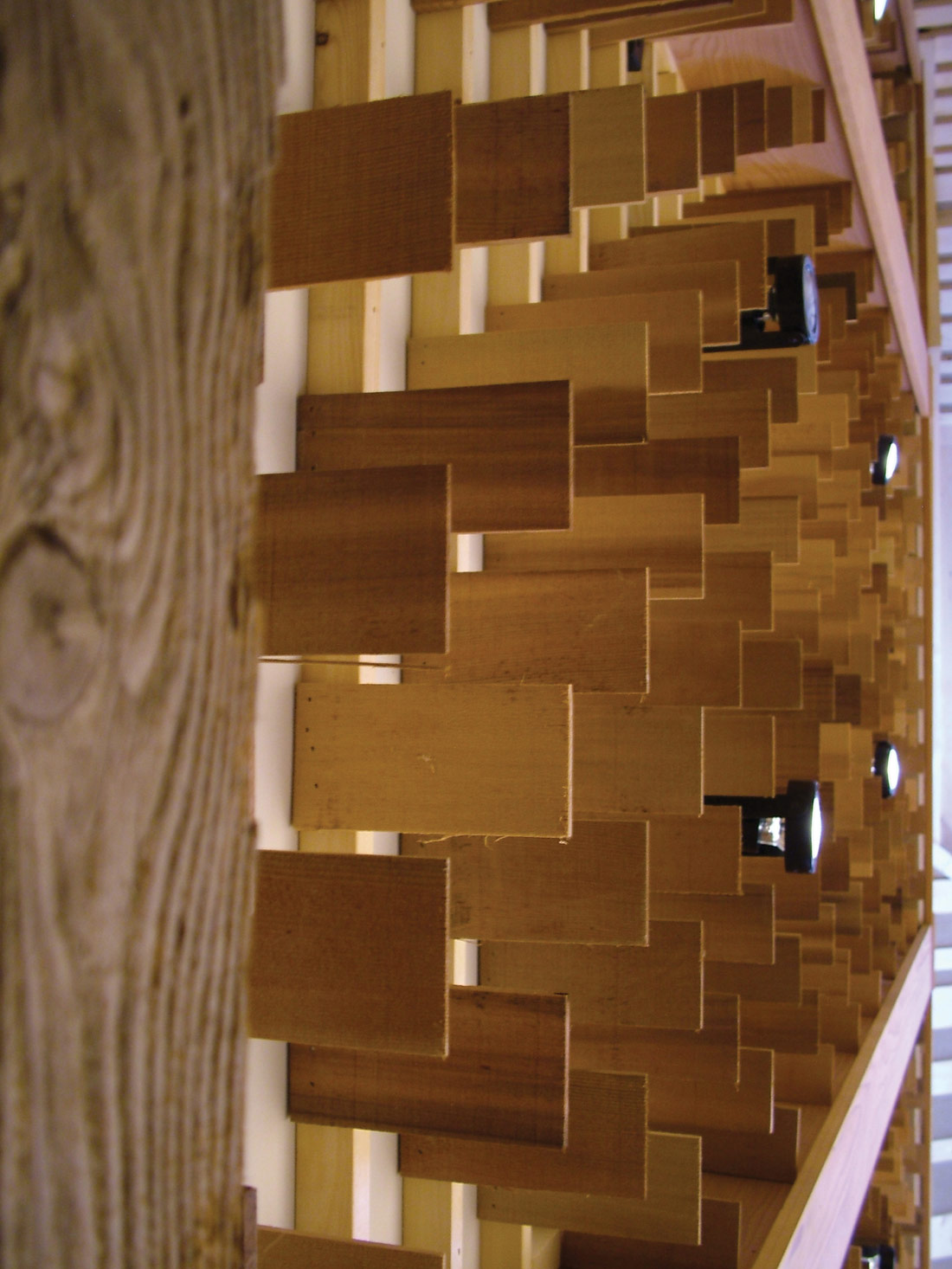You don't think the big records you hear use off-the-shelf guitar cabinets? Although some might use whatever the artist has, an open secret among engineers is that modifying, customizing, and optimizing cabinets is the way to get the best sound for recording. After all, most speaker enclosures are made for touring or impressing perspective customers at the guitar store.
When considering a Graefe Designs custom amp, I learned that designer Tom Graefe worked with Warehouse Guitar Speakers to find the best match for his combo amps. At Tom's suggestion, we grabbed two of the 12'' Reaper HP 50 watt models to test. Originally, Graefe suggested I replace my stock Celestions in our Marshall 4x12. But those are a limited-run, not mass-produced, version. So, I called the good people at Weber Speakers and purchased an X-Cab 2x12 extension cab to serve as a home for the Reapers. I'll start with the cab.
As with many hand-built enclosures, there may be a short wait if you want a cab, but the Weber was worth it. Using 1/2'' birch plywood, the resonance was open and sweet when compared to some of the heavy 1'' cabinets we had been using. Weber offers a variety of Tolex and grille cloth options, most without an upcharge, so you can choose something unobtrusive like basic black, or go wild and spice up your amp wall. All cabs feature metal corners, black rubber feet, jack cups, and wiring harness. This means no casters, which is fine with me. (But wheels are available as a cost feature.) Even loaded with speakers, it's pretty lightweight. And it's nice not to worry about it rolling around after we spend so long finding the right mic placement.
The Warehouse Guitar Speakers site has a big selection. I'm glad Tom Graefe helped me narrow down the model, because the choices are pretty varied. The Reaper handles high power, thus the HP suffix, with a 50 watt rating for use where 30 watt speakers don't cut the mustard. The extra power rating makes the Reapers warmer, louder, and clearer than standard 30 watt versions. I would describe it as how a preamp with more headroom or a mic with higher SPL can handle loud sources without straining.
We used the Reaper-loaded Weber for months, and threw every kind of amp head at it. Using a Vox-like boutique amp (with the combo's internal speakers disconnected) produced a clear chime and shimmer that avoided the cheap and nasty representation common with some modeled and less expensive versions. Paired with a Marshall or Mesa head, the cab threw down distorted tones that were different from a 4x12 model. I would not venture to say better or worse, because this is clearly a matter of preference and feel. But as recording engineers, having alternate amps and textures for guitar double-tracking is a two thumbs up plus. I didn't expect this, but the X-Cab/Reaper cab is now a go-to second-track speaker. To our ears, the sweet spot for this configuration was that difficult in-between land where the sound starts to break up. Using the Graefe Designs head along with a Rivera head managed to give us a 1962 Bluesbreaker / Marshall JTM 45 sound, but with more articulation and a wider range of dynamics. For our tests, we kept the Weber's back panel in place. Most Bluesbreaker combos are open backed, so the added tightness is to be expected. While many guitar amps never compare to that elusive "sound in your mind's ear," this did not disappoint.
If you are looking to replace blown speakers, I suggest you consider a Warehouse Guitar Speakers option. But if you have a little more time, call Weber for a 2x12, 4x10, or whatever cab you need, and make your own custom box. In this era of everyone using the same microphones, preamps, and plug-ins, it's really nice to add distinctive and unique sounds to your studio. This is a good way to do it for a reasonable price. (Weber X-Cab 2x12 $245 MSRP; www.tedweber.com; Warehouse Guitar Speakers Reaper HP $79 each MSRP; www.wgs4.com)




_disp_horizontal_bw.jpg)